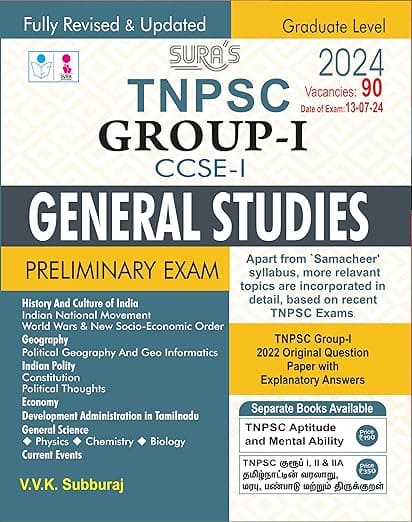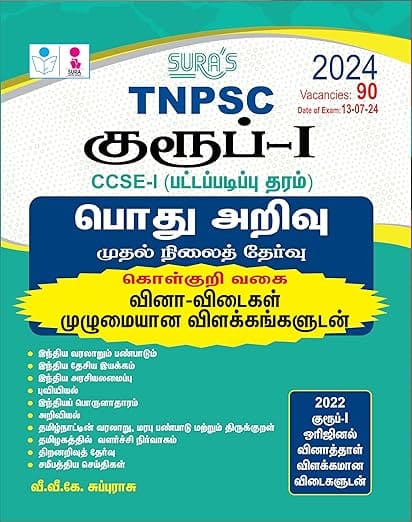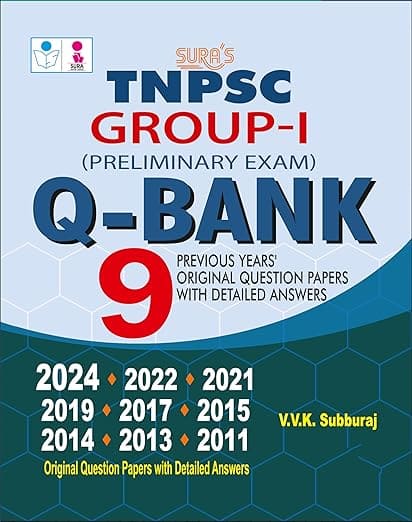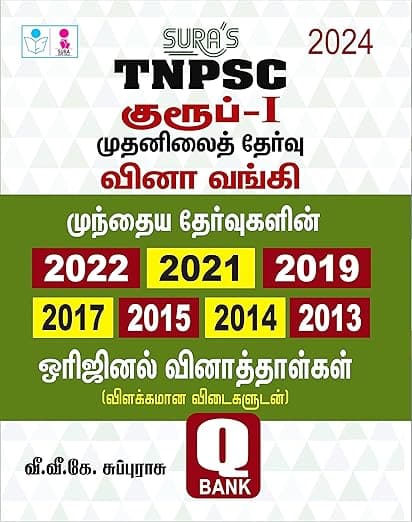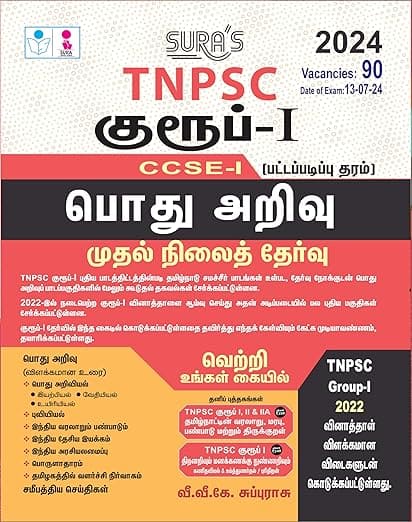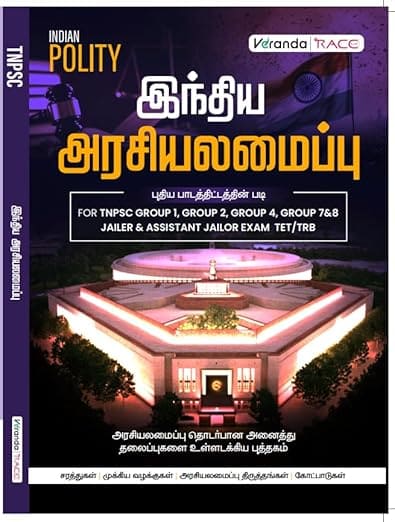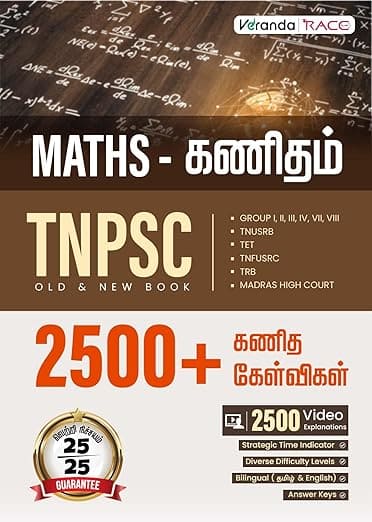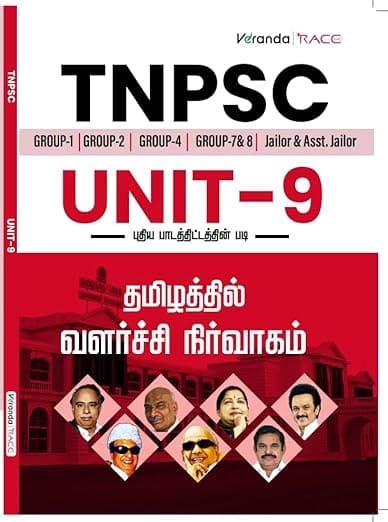Art and Architecture
- The Vijayanagar rulers were great builders.
- During this period, palaces, temples, huge halls (mahamantapa), forts, towers, public buildings, dams, tanks and canals were constructed.
- South Indian art and architecture attained a new fullness.
- The Vijayanagar rulers produced a new style of architecture called as Dravida style.
- The chief characteristics of the Vijayanagara architecture were the construction of tall Raya Gopurams or gateways and the Kalyanamandapam.
- The sculptures on the pillars were carved with distinctive features.
- The horse was the most common animal to be depicted on the pillars.
- Large mandapams contain one hundred pillars as well as one thousand pillars in some big temples.
- Fine examples of kalyana mandapa can be seen at Vellore as also in the Varadharajaswami and Ekamparanatha temples at Kanchipuram and in the Jambukesvara temple at Thiruchirapalli.
- During the period of the Vijayanagar kings, temples were built in Hampi, Shringeri, Tirupati, Kalahasti, Nandi, Kolar, Srishaila, etc.
- New elements were introduced in the temple architecture.
- In addition to the main shrine, a smaller temple was built in the north-west called Amma Shrine where the Lord or main diety’s consort resided.
- This practice, which began in the late Chola period now became the rule.
- The palace of the king was the most conspicuous building in the city.
- Other features included the towering gateways called gopurams and are a unique feature of south Indian temples, particularly those built by the Vijayanagar rulers.
- The Raya Gopurams at Thiruvannanmalai and Chidambaram speak the glorious epoch of Vijayanagar.
- They were continued by the Nayak rulers in the later period.
- The finest temples of Vijayanagara are in Hampi, which has been designated as a World Heritage City.
- Their capital city, Vijayanagar, stood on the south bank of river Tungabhadra.
- After the battle of Talikota (1565 CE) this splendid city fell prey to the fury of the victors who wrought untold havoc and destruction.
- We can form a idea of the architectural achievements of the Vijayanagara rulers and the ruins of Hampi from the accounts of foreign travelers, Nicolo Conti and Abdur Razak.
- The important features of Vijayanagara style of temple architecture are monolithic pillars, ornate bracelets and decoration on the exterior side of the walls.
- Krishnadeva Raya was a great builder.
- He founded a town Nagalapura (near Vijayanagar), in memory of his mother, Nagamba and built tanks, gopurams and temples in various parts of empire.
- The most famous among these temples are the Vittalaswamy temple and Virupaksha temples.
- The famous Hazara temple, built during the reign of Krishnadeva Raya, is, as remarked by Longhurst, “one of the most perfect specimens of Hindu temple architecture in existence”.
- The Vittalaswamy temple is also a fine example of Vijayanagar style.
- In the opinion of Fergusson, it “shows the extreme limit in florid magnificence to which the style advanced”.
- The Vittalswamy temple with its saptaswara musical pillars and the Stone Chariot are a few architectural wonders.
- Paintings at the Virabhadra temple and Lepakshi temple show the excellence of Vijayanagar painters.
- The Vijayanagar rulers inscribed the stories of the Ramayana and the Mahabharata on the walls of the various temples.
- The Vijayanagar kings patronized fine arts like music, dance, drama and yakshagana.
- Artists enjoyed great respect in the palace and temples.
- The life size portrait statues of the Narasimha and of Krishnadevaraya and his two queens are fine examples of Vijayanagara art.
- Painting as an art found its expression on the walls of the temples of the Vijayanagar Empire.
- The wall paintings such as Dasavathara and Girijakalyanam in the Virupaksha temple are beautiful specimens of art.

